Leopard geckos are delightful reptiles known for their vibrant colors and friendly personalities. Ensuring they receive the right nutrition is crucial for their health and happiness. In this guide, we’ll explore everything you need to know about feeding your leopard gecko properly to keep them thriving.

1. Understanding Your Gecko's Diet
Leopard geckos are insectivores, which means their diet consists mainly of insects. In the wild, they feed on a variety of small prey, including crickets, mealworms, and dubia roaches. Providing a balanced diet in captivity is essential for their well-being.
2. Choosing the Right Insects
Here are some commonly fed insects and their benefits:
-
Crickets: A staple in a leopard gecko’s diet. They’re high in protein and come in various sizes to match your gecko’s growth stage.
-
Mealworms: Nutritious and easy to find, mealworms are a great source of protein and fat. However, they should be fed in moderation due to their hard exoskeleton.
-
Dubia Roaches: Highly nutritious with a good calcium-to-phosphorus ratio, making them an excellent choice for a balanced diet.
-
Superworms: These are larger and can be a good option, but like mealworms, should be fed in moderation.
3. Feeding Frequency and Portion Sizes
-
Hatchlings and Juveniles: Feed them daily or every other day. They need more frequent feeding to support their rapid growth.
-
Adults: Generally, feed them every 2-3 days. Adult geckos require less frequent feedings but still need a consistent supply of food.
Portion size should be about 2-3 insects per feeding, depending on the size of the insects and the size of your gecko.
4. Gut-Loading and Supplementation
To ensure your gecko gets all the necessary nutrients, gut-load your insects before feeding. This involves feeding the insects a nutritious diet 24-48 hours before offering them to your gecko. Use a high-quality gut-load food or fresh vegetables and fruits.
Supplements are also important. Dust the insects with a calcium powder and a multivitamin supplement. Calcium is vital for bone health, while vitamins help maintain overall health.
5. Hydration and Additional Tips
Always provide fresh water for your gecko. They need it for hydration, digestion, and overall health. Make sure the water dish is clean and changed regularly.
Avoid feeding your gecko wild-caught insects, as they may carry diseases or parasites. Stick to commercially available, well-sourced insects for safety.
6. Recognizing Signs of Nutritional Issues
Watch for signs of malnutrition or health issues, such as lethargy, abnormal shedding, or changes in weight. If you notice any of these signs, consult a reptile veterinarian.
Feeding your leopard gecko the right way involves understanding their dietary needs, choosing the right insects, and providing proper supplements.
One way to make feeding simpler and more effective is by using our Geckopia Triple Dish — designed to separate food, water, and supplements all in one convenient place. This helps ensure your gecko gets everything they need in a clean, organized manner, reducing the risk of contamination and encouraging healthier eating habits!
With the Triple Dish, you'll find it easier to offer a varied diet, maintain proper hygiene, and keep track of your gecko's intake. Plus, its sturdy design prevents tipping, making mealtime less messy and more enjoyable for both you and your pet.
Ready to elevate your gecko’s dining experience? Check out our Geckopia Triple Dish today and see the difference it makes!

















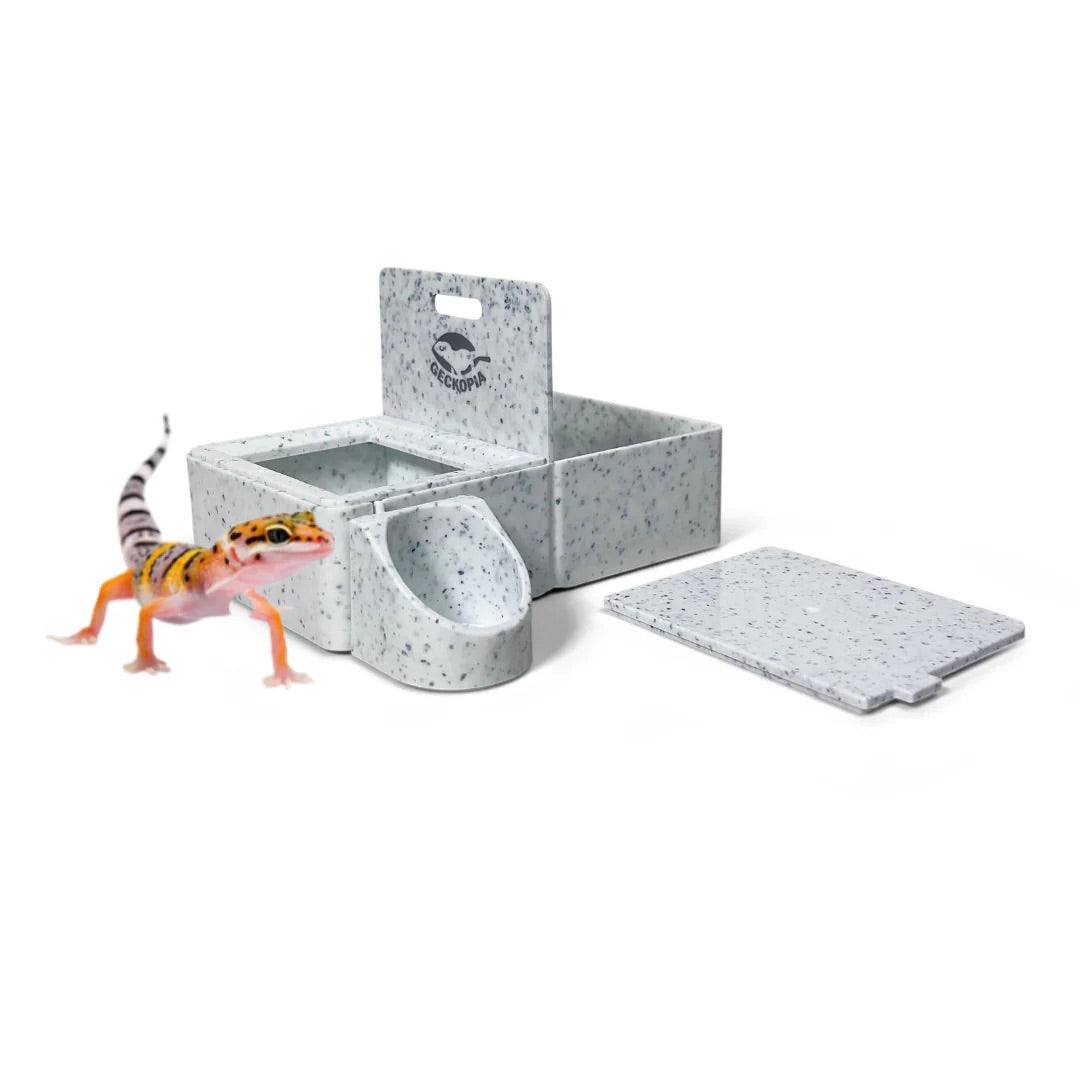














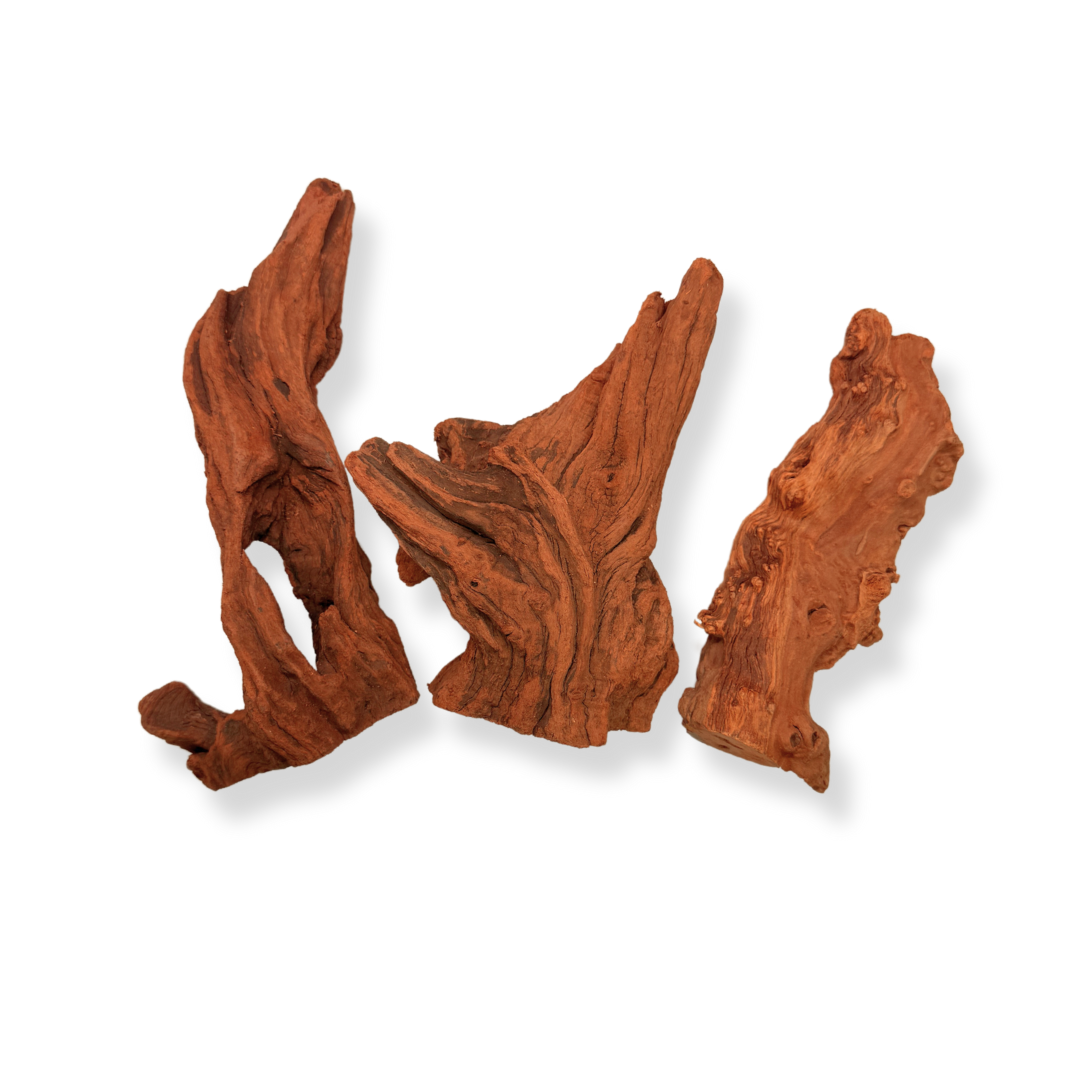

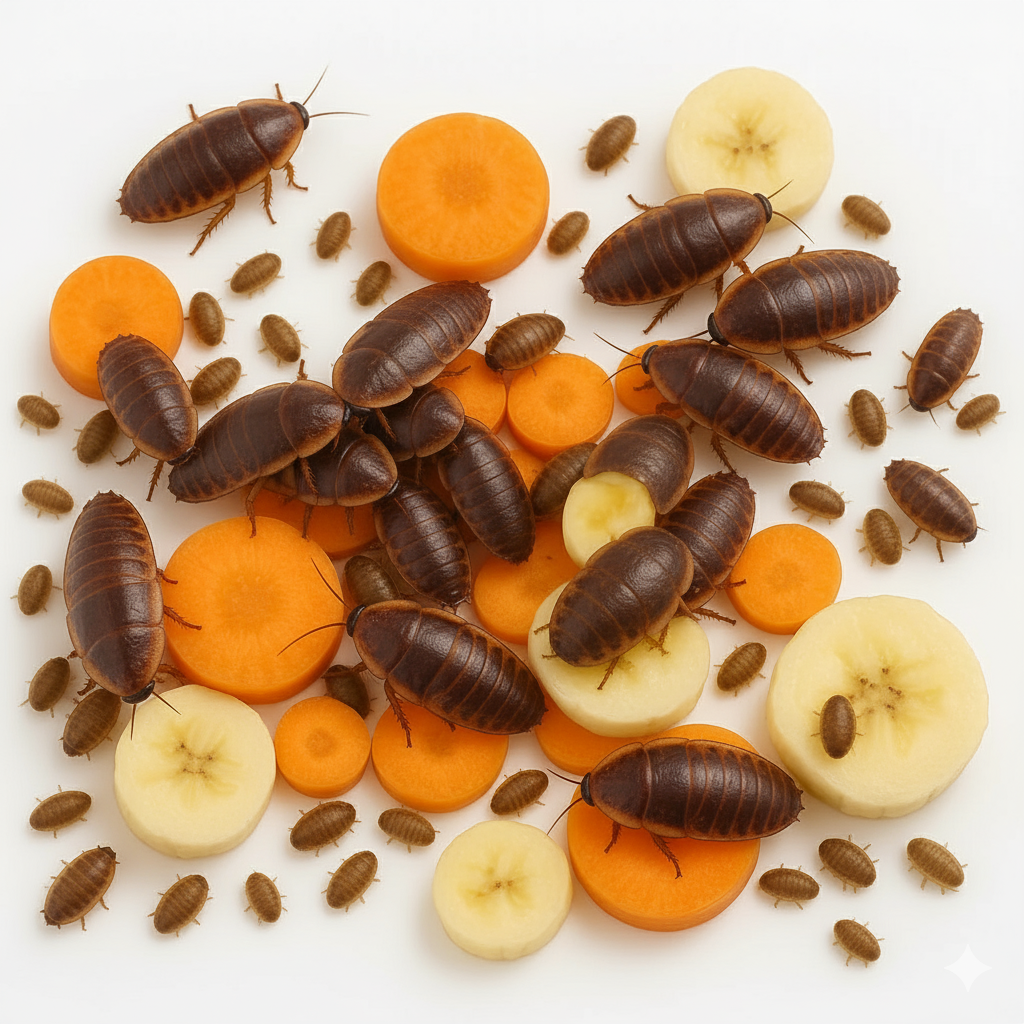







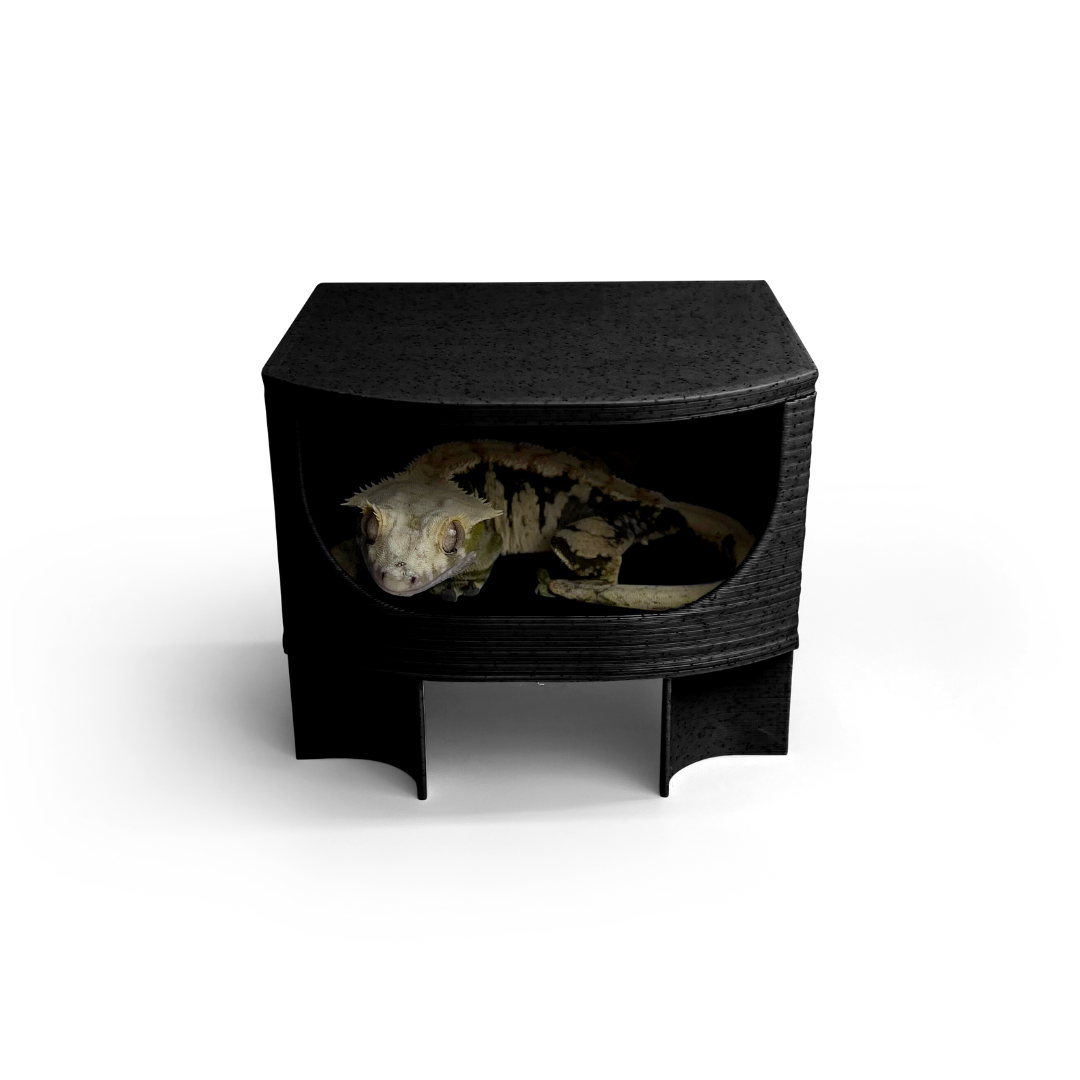


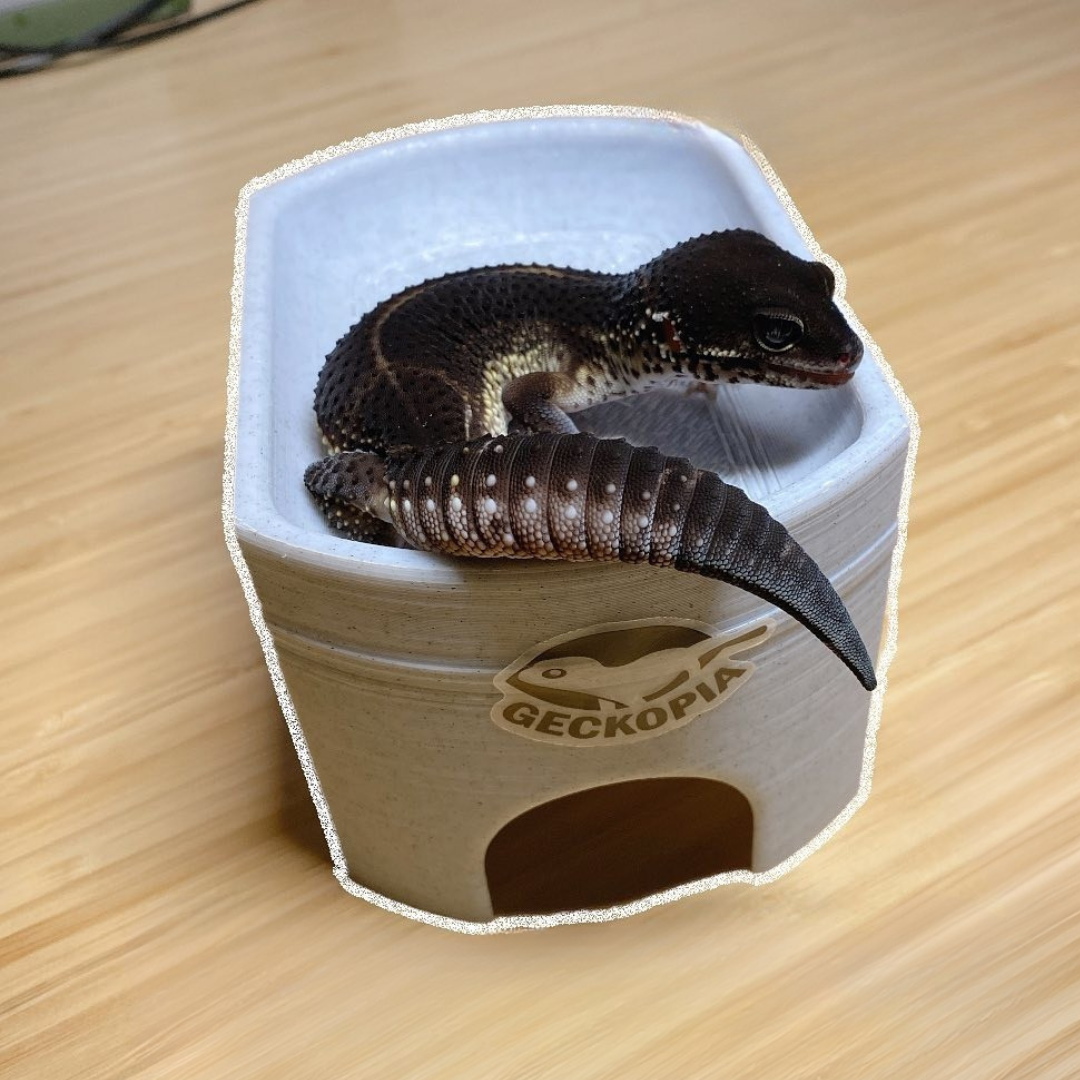



















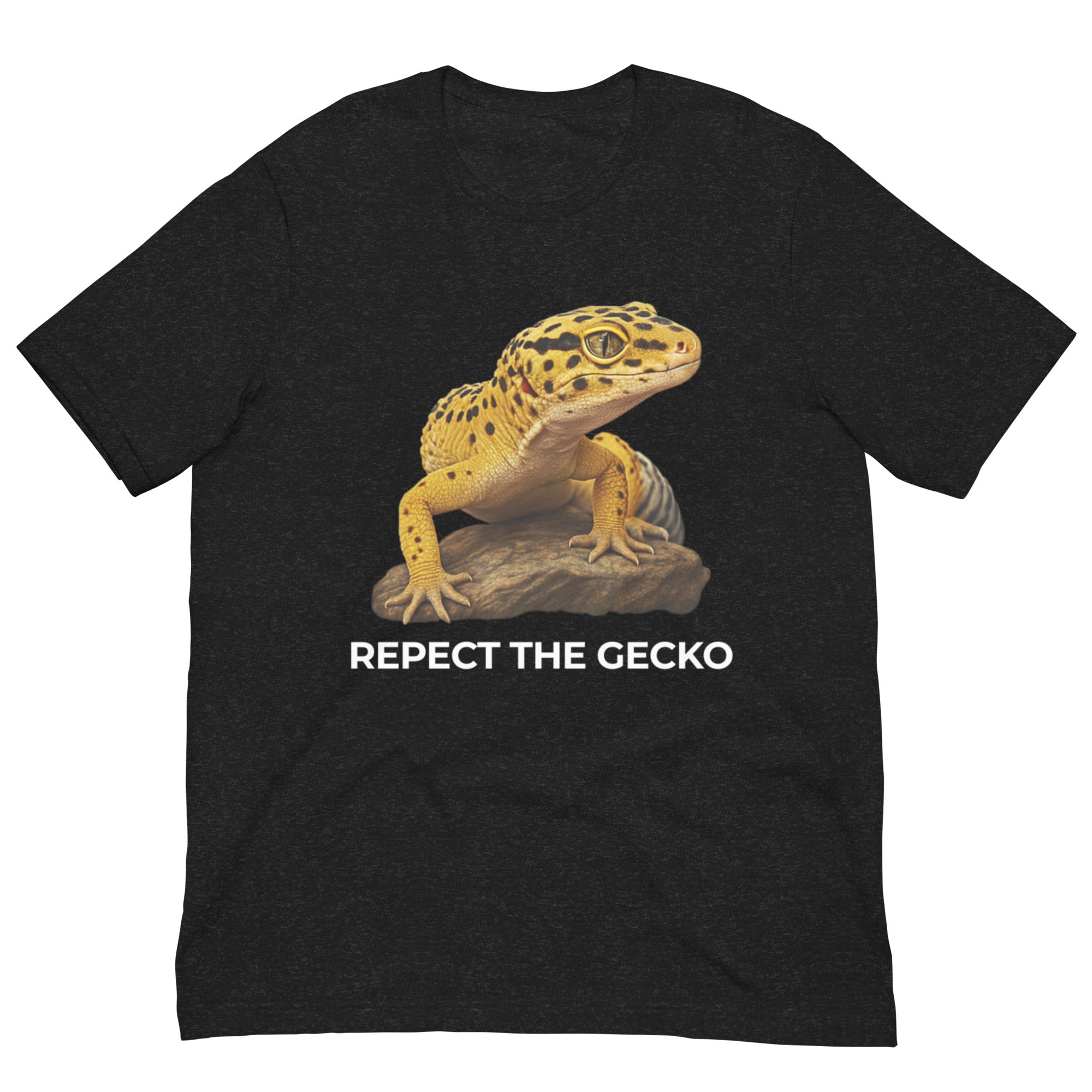

Leave a comment